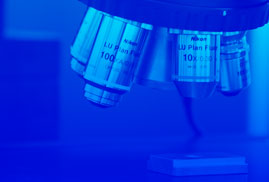Important research effort is currently being spent on reduction (if not complete removal) of lubricant consumption in machining operations. While scientific and industrial advances can be found in turning, milling and drilling technologies; advances in fluid reduction in grinding are still very limited. The main reason being abrasive processes generate large amounts of heat due to friction thus, the cooling/lubricant action of the fluid becomes critical. The Minimum Quantity of Lubricant-low temperature gas grinding technology (MCG, Minimum Coolant Grinding) can be considered a recent advance in this field. However, the economic and ecological application of the process requires minimization of both gas and oil consumption.
The hypothesis put forward in this paper, is that the amount of lubricant required for the efficient industrial application of the MCG process can be largely reduced by using higher pour point lubricants. Since the explanation of the phenomena involved in the MCG process is that only a thin film of oil is responsible for effective tribo-action, then the amount of oil can be greatly reduced if effective freezing is achieved. The performance of two specifically-designed fluids for this purpose was studied. Experimental results show that even with very low quantities of oil and gas (3 mL/min and 0.2 kg/min) the MCG process produces better results than conventional cooling in terms of specific grinding energy and wheel wear.
As far as residual stresses are concerned, results show that under industrial conditions these are similar in nature and magnitude to those generated using conventional cooling.



